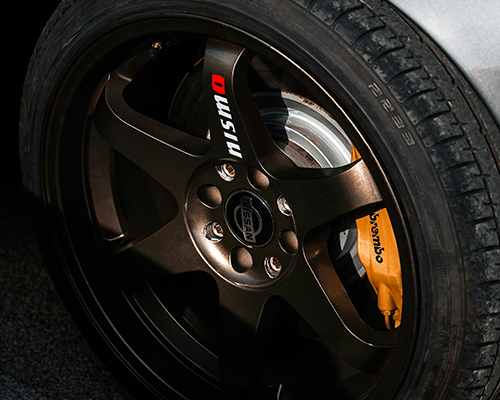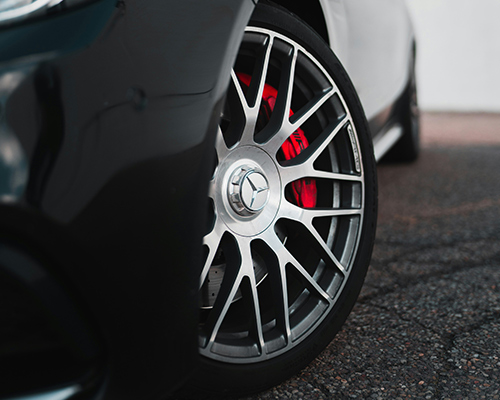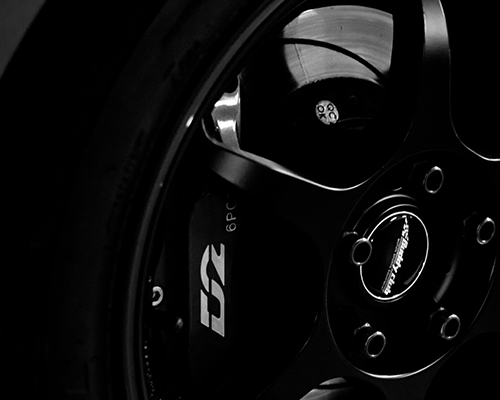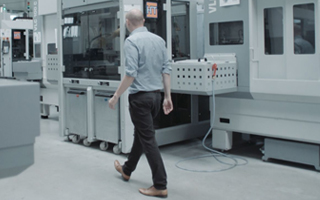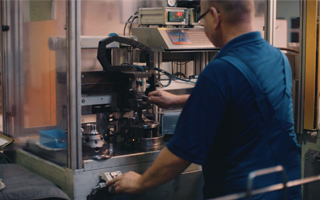Choosing the Perfect Brake Discs for Your Vehicle
11th April 2024
Selecting the ideal brake discs for your vehicle is an essential aspect of maintaining its safety and performance. Brake discs, also known as rotors, play a crucial role in your vehicle's braking system, converting kinetic energy into thermal energy through friction to bring your car to a stop. With various types of brake discs available on the market, choosing the right one can seem tricky. This short article will help you navigate the factors you should consider ensuring you make an informed decision.
Understanding Brake Discs
Before choosing, it's important to understand what brake discs are and how they function. Brake discs are circular plates located within the wheel assembly. When you apply the brakes, the brake pads clamp onto these discs, creating friction that slows down and stops your vehicle. The efficiency of this process depends on the quality, material, and design of the discs.
Types of Brake Discs
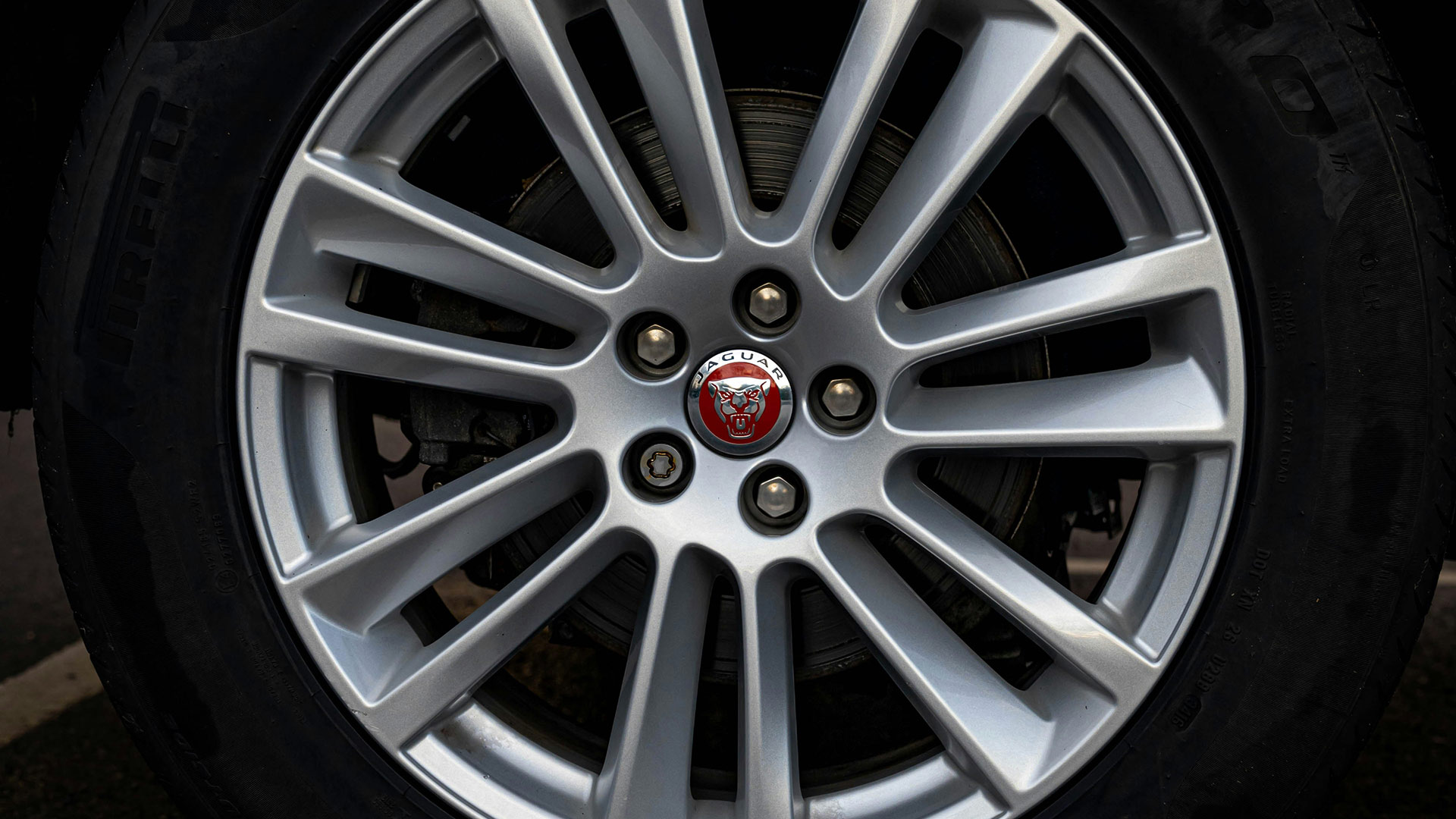
There are several types of brake discs, each with its own set of characteristics and benefits:
1. Cast Iron Discs
Cast iron discs are the most common and are known for their durability and heat dissipation capabilities. However, they are heavier than other types, which can reduce fuel efficiency.
2. Drilled Discs
Drilled discs have holes drilled into them to allow heat, gas, and water to escape more easily, improving performance under wet conditions and during intense braking. They are lighter than cast iron discs but can be more prone to cracking under extreme conditions.
3. Slotted Discs
Slotted discs feature grooves on the disc's surface that help expel gas and debris, maintaining a clean contact area between the disc and the brake pads. This type is preferred for high-performance vehicles but can wear down brake pads faster than other types.
4. Bi-Metal Discs
Bi-metal discs, a newer innovation in the brake disc market, combine two different metals in a single disc, typically cast iron and a lighter metal like aluminium. This design aims to offer the best of both worlds: the durability and heat resistance of cast iron with the lighter weight of aluminium.
The result is a brake disc that improves performance by reducing mass, enhancing heat dissipation, and maintaining strength. Bi-metal discs are particularly suited for performance vehicles and those used in advanced driving conditions. Their ability to handle high temperatures without warping makes them an excellent choice for drivers who demand that bit more from their braking system.
Despite their higher upfront cost, the longevity and enhanced performance of bi-metal discs can offer significant benefits over the long term, making them an attractive option for enthusiasts.
Factors to Consider When Choosing Brake Discs
1. Vehicle Type and Usage
The right brake disc for your vehicle depends on your vehicle type and how you use it. Standard cast iron discs may suffice for regular city driving, while drilled or slotted discs might be more appropriate for vehicles driven in high-performance or heavy-duty conditions.
2. Material and Durability
Consider the material of the brake discs. Cast iron is reliable and durable, making it a suitable choice for everyday vehicles. Composite or bi-metal discs, while more expensive, provide superior performance and are ideal for high-performance or luxury vehicles.
3. Weather and Driving Conditions
Your driving environment can also influence your choice. If you frequently drive in wet or muddy conditions, drilled discs might offer better performance by preventing water from affecting the braking efficiency.
4. Compatibility with Your Vehicle
Ensure that the brake discs you choose are compatible with your vehicle’s make and model. Incorrectly sized discs can lead to poor braking and potentially dangerous driving conditions.
5. Cost vs. Performance
While it might be tempting to go for the cheapest option, consider the long-term benefits of investing in higher-quality brake discs. High-performance discs can offer better safety and efficiency, potentially saving you money on future repairs and replacements.
Maintenance Tips for Brake Discs
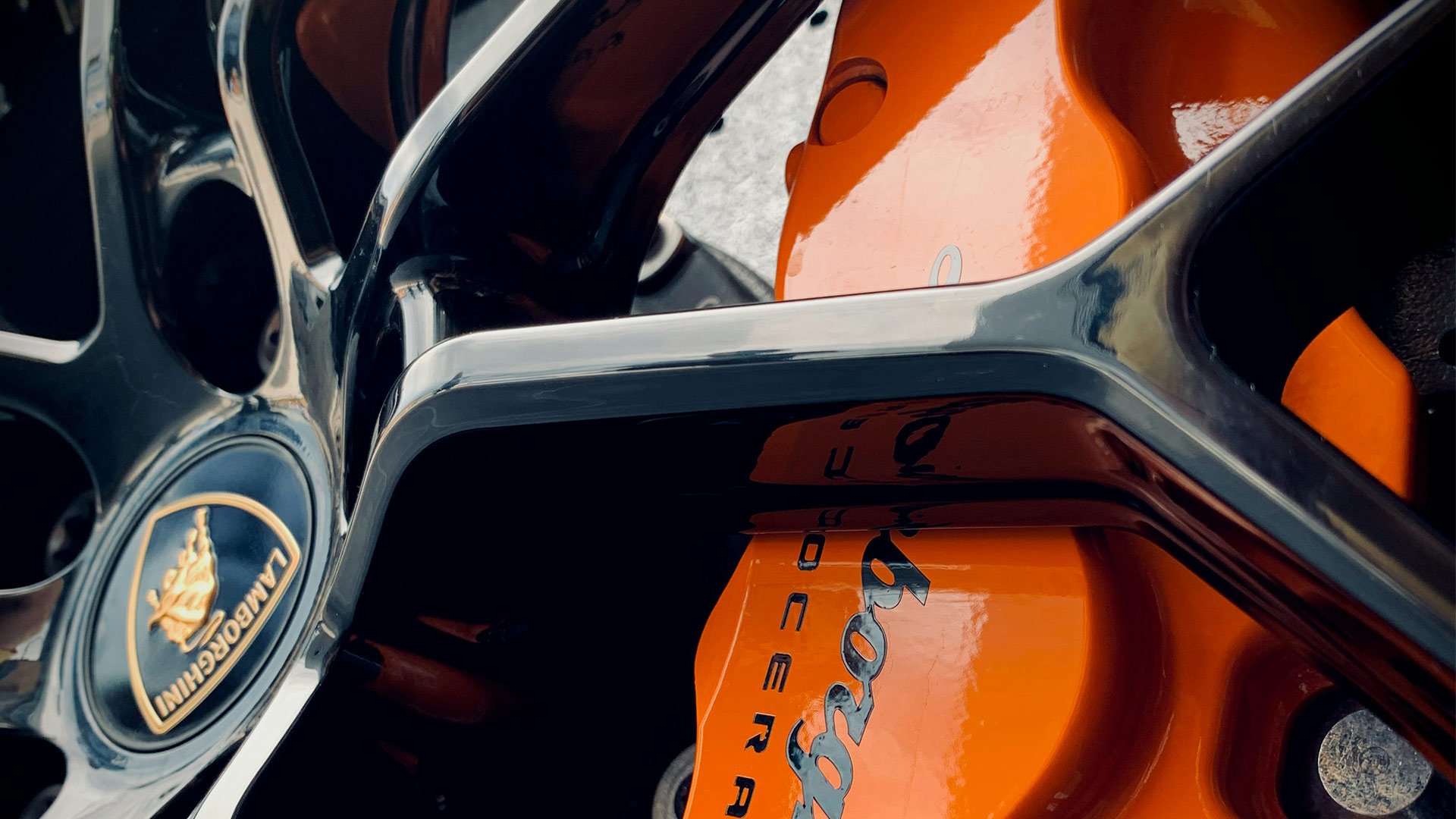
To ensure your brake discs perform at their best, regular maintenance is crucial. Here are a few tips:
1. Regularly inspect your brake discs for wear and tear.
2. Keep an eye on the thickness of your brake discs. Replace them if they're worn down to the minimum thickness specified by the manufacturer.
3. Listen for unusual noises when braking. Squealing or grinding sounds can indicate that your brake discs need attention.
4. Ensure pads are in good condition. Worn brake pads can damage brake discs.
Conclusion
Choosing the right brake discs is crucial for the safety and performance of your vehicle. By considering factors such as your vehicle type, usage, material, driving conditions, and cost, you can select brake discs that enhance your driving experience and ensure your safety on the road. Remember, regular maintenance is key to keeping your braking system in top condition, so always keep an eye on the health of your brake discs and pads.
Investing in high-quality brake discs that match your vehicle's needs and your driving habits can significantly impact your driving safety and enjoyment. With the right information and careful consideration, you can make an informed choice that balances performance, durability, and cost, ensuring your vehicle remains a reliable and safe companion wherever you go.


